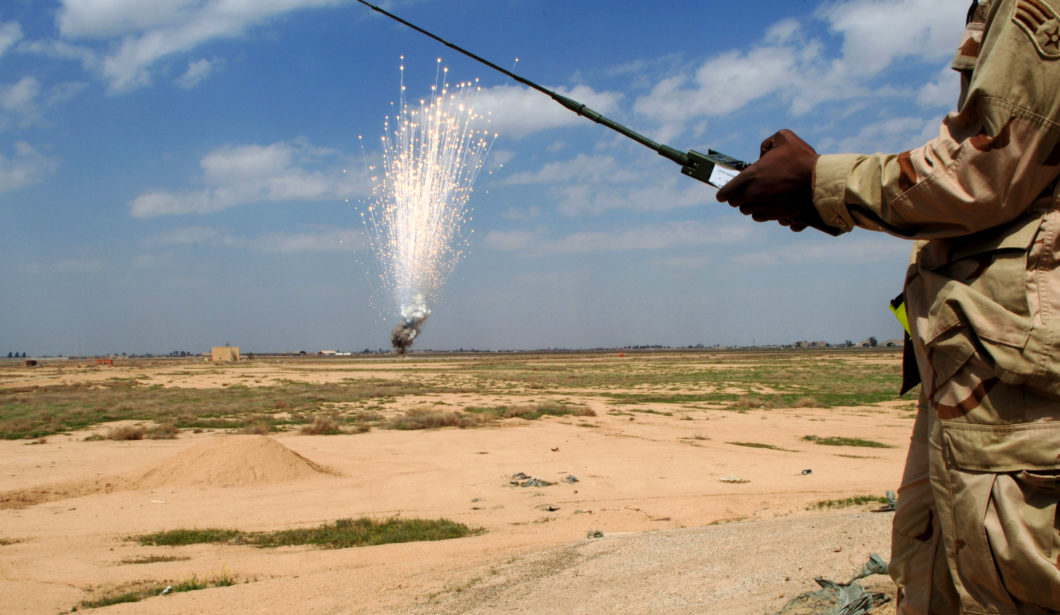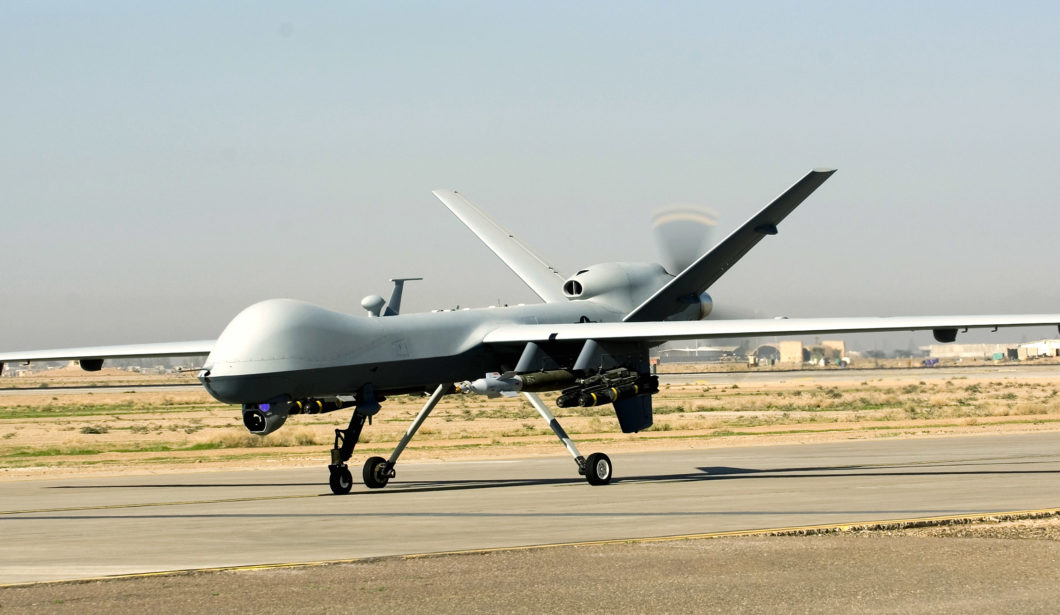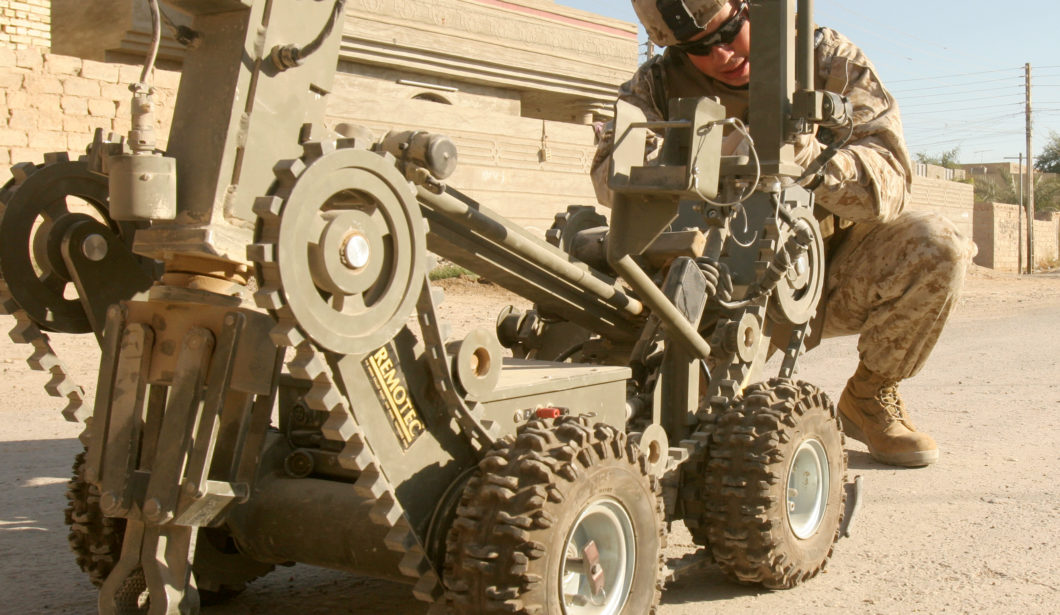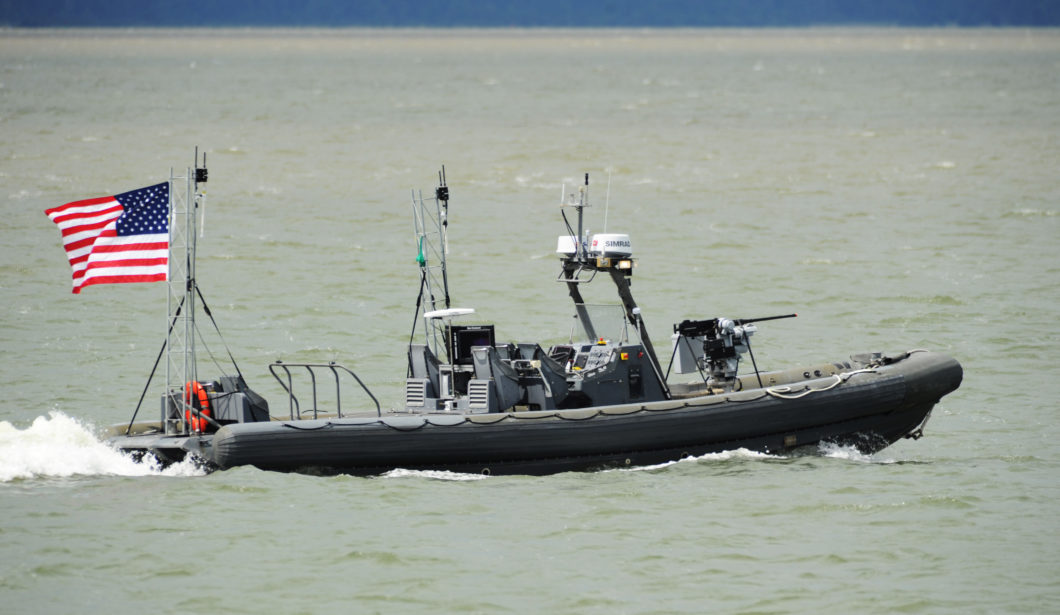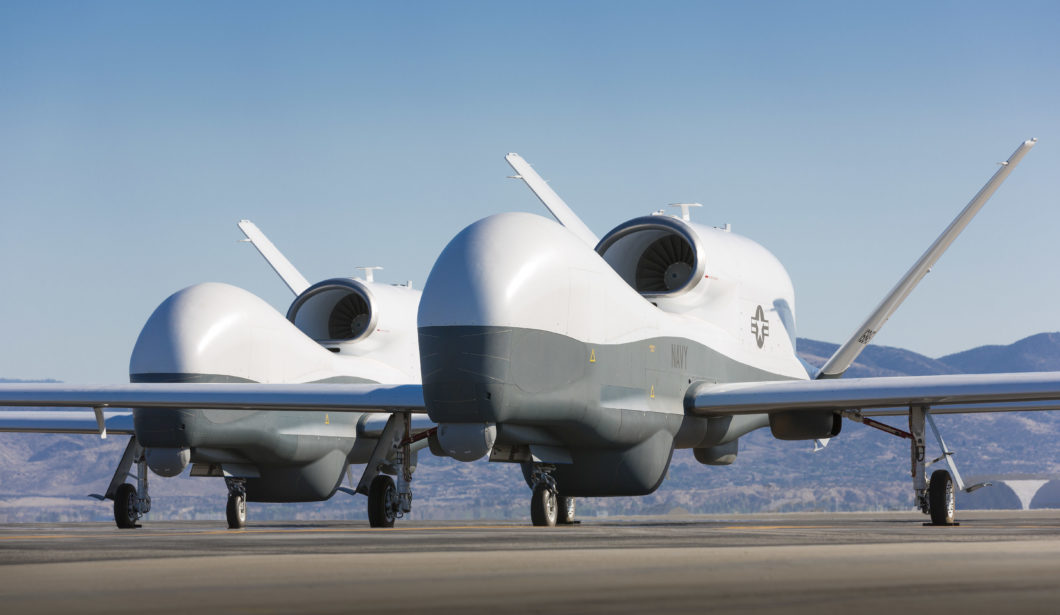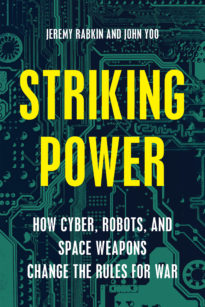In the movie, Terminator, and its many sequels, a self-aware computer system wages genocide on mankind. In this dystopian future, Skynet first triggers a global nuclear war and then launches hunter-killers to prowl for the remaining humans. Drones eerily similar to today’s Predators and Reapers launch missiles from the skies. Advanced autonomous tanks patrol downtown Los Angeles and killer motorcycles cruise California’s highways. Robot soldiers resembling human skeletons launch ground assaults and assassinate human leaders. Even the seas contain automated ships and torpedoes. The movies focus on Arnold Schwarzenegger, both before and after his stay in the California governor’s mansion, who plays a mechanical assassin designed to look human.
.
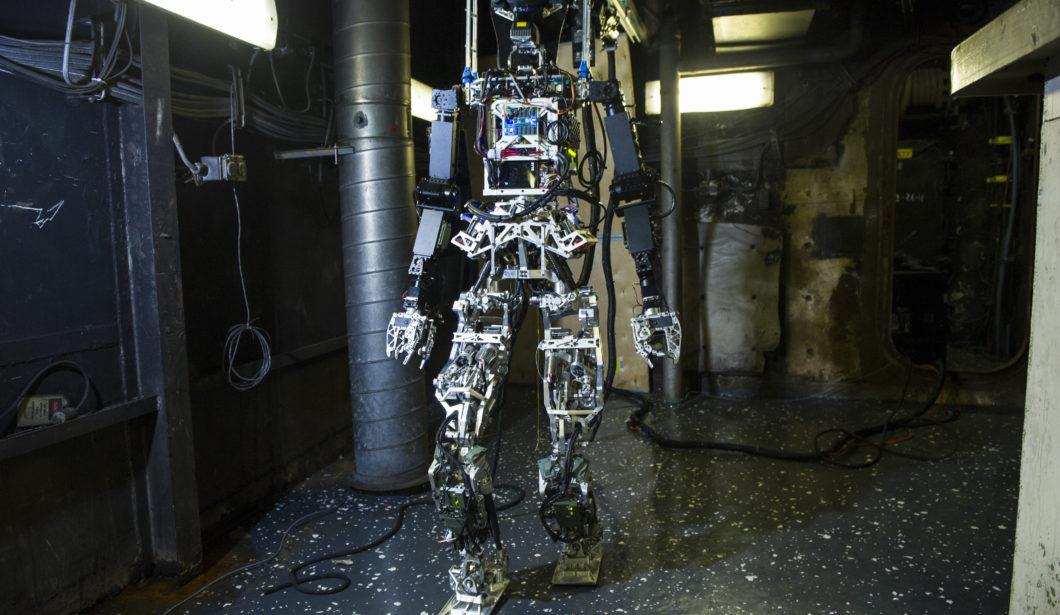
.
Killer robots inhabit the world of science fiction no more. In its Middle Eastern wars, the United States depends heavily on unmanned aerial vehicles (UAVs), known colloquially as drones. At low cost a Predator or Reaper UAV can hover over hostile territory for hours, conduct surveillance, and fire a guided missile at remote command. F-35 stealth fighters can stay on station for only a few hours, depend on ground personnel for live targeting information, and risk the life of the pilot. Not only can the U.S. Air Force purchase twenty Predators for the cost of a single F-35, but it can also operate them at a far lower cost per hour and keep them on station for far longer, without risking the lives of pilots who may be captured or killed.
Military strategists have judged the drone to represent a revolution in military affairs. UAVs combined real-time intelligence, precision targeting, and robotic endurance to project power over territory denied to ground forces. They target individual members of the enemy with much less destruction and harm to civilians than conventional bombing or artillery attacks. According to some estimates, the U.S. launched 389 drone strikes in Pakistan against terrorist leaders between 2004-15, with only eleven launched before January 2008. From 2006-15, these strikes killed 2,789 members of the Taliban, al-Qaeda, and their allies, and 158 civilians. In World War II or Vietnam, air forces would have dropped thousands of bombs to eliminate key enemy leaders or command and control facilities that now a few drone strikes can destroy.
Autonomous warriors may reduce, rather than increase, errors in the use of force
And this is just the beginning. Military officials have designs for robots in the air, sea, and land on the drawing boards. Civilian technology gives a hint of the future. Google’s auto-driving system has gone more than a half million miles without an accident. Humans in the United States, by contrast, drive about 3 trillion miles a year at the cost of 32,000 accidental deaths. Google’s car may still be learning the subtleties of driving and its millions of variables, but it does not suffer from fatigue, distraction, or poor judgment. Militaries need only marry the technology from self-driving cars to the firing systems for drones to deploy robot tanks far more cheaply than an M-1 Abrams. It is no coincidence that the self-driving cars of today had their start in competitions sponsored by the Defense Advanced Research Program Agency, known as DARPA.
Military advances will occur in other realms as well. A small, unmanned vessel can become a seaborne IED in short order. Existing Unmanned Surface Vehicles (USVs) can carry out dangerous missions, such as reconnaissance or minesweeping. Autonomous submarines can sail faster, deeper, and quieter without crew compartments, large propulsion systems, or narrow depth and danger limits. The U.S. Navy has shown that unmanned vessels can deploy more weapons for longer periods and with greater accuracy than their aerial counterparts. Smaller, cheaper vessels can also deploy in swarms to overcome and destroy larger vessels.
